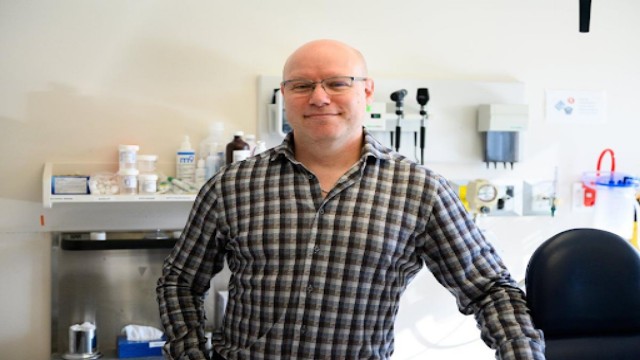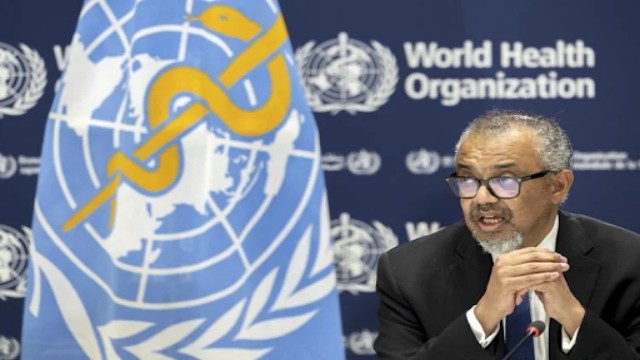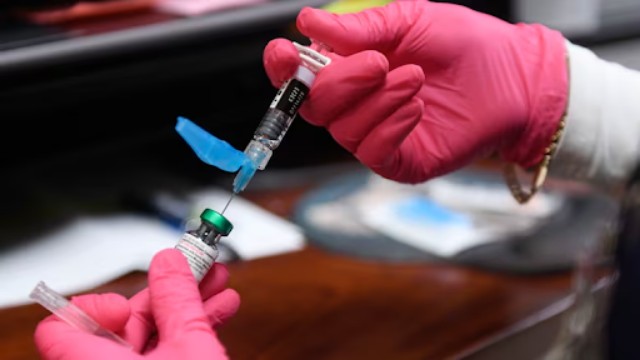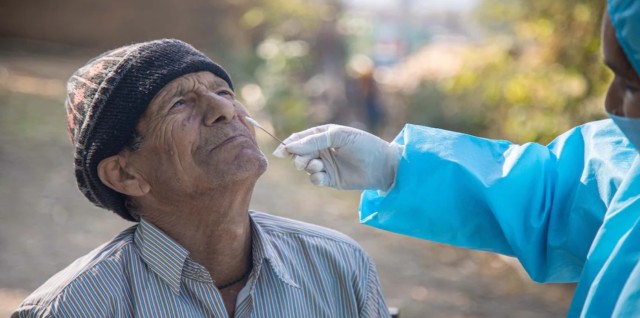
New data from the Canadian Blood Services' Cord Blood Bank show less than two per cent of donated units have been transplanted in nearly a decade. The treatment is still rare, but scientists say it's important for saving the lives of young patients who are hard to find stem cell matches for.
When Tristan Ford was born with a rare inherited condition, his future looked grim. Diagnosed with Griscelli syndrome—a disorder that can severely impact brain function and the immune system—Tristan’s chances of survival seemed slim. But thanks to a stem cell transplant using a small amount of blood from a stranger’s umbilical cord, the four-year-old is now living a healthy, albeit smaller-than-average, life.
Four-year-old Tristan Ford, left, needed a stem-cell transplant as an infant. He got one from the public umbilical cord blood bank run by Canadian Blood Services. (Turgut Yeter/CBC News)
Stem cell transplants from umbilical cord blood are used to treat about 80 conditions, including blood cancers, immune disorders, and metabolic diseases. Unlike other stem cell sources, cord blood cells are more adaptable, making them viable for transplant even without a perfect match. In Tristan’s case, chemotherapy was used to completely reset his immune system before the donor cells began generating healthy ones.
Despite the lifesaving potential, cord blood transplants are rare. Since the creation of Canada’s national public cord blood bank nearly a decade ago, only 86 of the approximately 4,700 units collected have been used—28 for Canadian patients and 58 for international recipients. Meanwhile, Canadian patients have also received 181 units from international donors.
Dr. Matthew Seftel, medical director of stem cells at Canadian Blood Services, emphasizes that the low usage doesn’t diminish the importance of the public bank. "These transplants are critical for patients with unique needs who can’t find matches elsewhere," he explained.
Why Cord Blood Transplants Are Uncommon
One reason for the limited use is the small volume of cord blood available. A typical unit contains less than half a cup of blood—sufficient for children, but often inadequate for adults. Moreover, advancements in cancer treatments, such as CAR T-cell therapy, have reduced the reliance on cord blood for some conditions.
However, experts like John Dick from Toronto’s Princess Margaret Cancer Centre caution that having a diverse cord blood bank is essential. "Cancer can evade even the best treatments, and cord blood may become the last-resort option," he said. Diversity in the public bank also ensures better matching for patients from multiethnic backgrounds, as nearly half of the distributed units came from non-Caucasian donors.
The Debate Over Private Cord Blood Banking
Parents can also opt to store their child’s cord blood in private banks for personal use, paying significant upfront and annual fees. Yet, these privately stored units are even less likely to be used. Healthcord Cryogenics, a Canadian private bank, reports releasing fewer than 10 units out of 50,000 stored.
Experts argue that using a child’s own cord blood is often ineffective, particularly if the condition is genetic or cancer-related. "If my child has leukemia, it likely originated in the womb," Dick explained.
Private banks promote cord blood storage as a form of "biological insurance," highlighting experimental treatments for conditions like Alzheimer’s and diabetes. Critics, however, caution that such promises are not grounded in current science. Tim Caulfield, a public health law professor at the University of Alberta, believes these banks exploit parental fears and often divert donors away from public banks where the chances of use are higher.
A Personal Connection
For the Ford family in Guelph, Tristan’s recovery represents a profound full-circle moment. Years earlier, his older sister’s cord blood was donated to the public bank, though it wasn’t a match for Tristan. Instead, it was a stranger’s donation that saved his life.
"I believe that if you put good out into the world, it comes back to you," Tristan’s mother said. "Our story is proof of that."
Public cord blood donation remains a vital option, offering hope to families like the Fords while reinforcing the importance of shared resources in healthcare.















